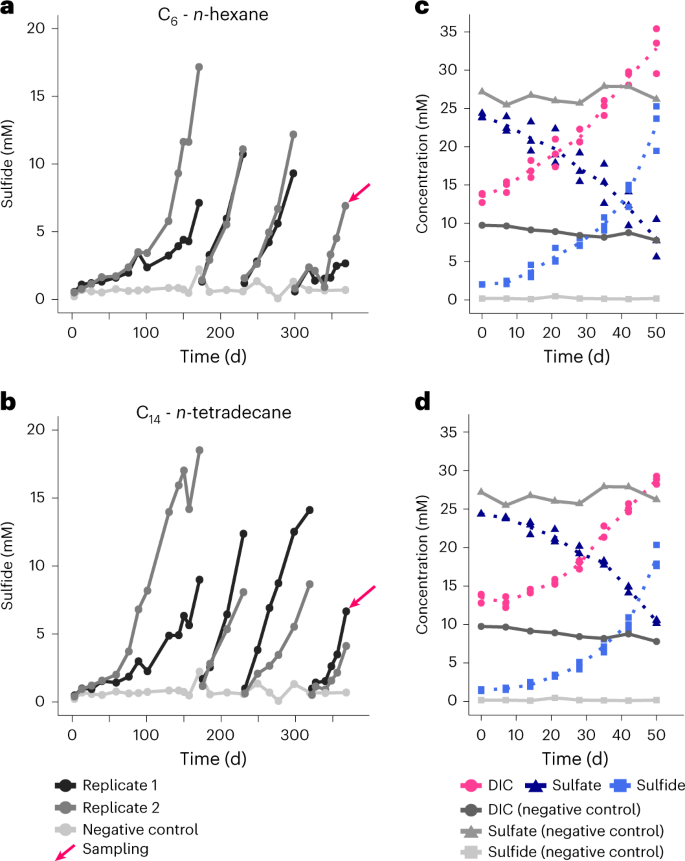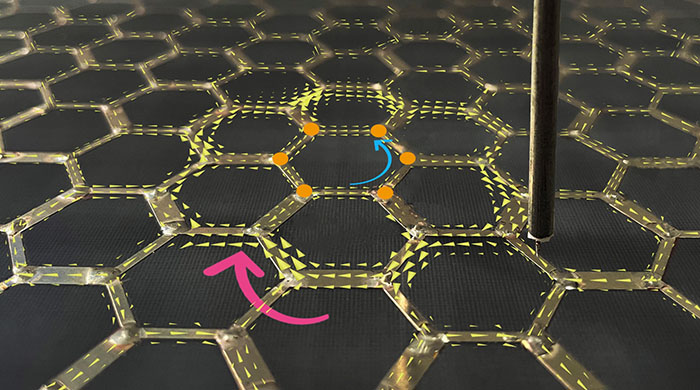2023-06-01 マックス・プランク研究所
◆研究チームは、グアイマス盆地の堆積物を使用して、液体アルカンを分解する能力を持つアーキアと細菌の共同体を培養しました。この研究は、地球の未知のインターフェースである海床の研究の一環であり、深海微生物の生態や炭素循環に関する重要な知見を提供しています。
<関連情報>
- https://www.mpg.de/20408366/0601-mbio-bremen-researchers-cultivate-archaea-that-break-down-crude-oil-in-novel-ways-154772-x
- https://www.nature.com/articles/s41564-023-01400-3
グアイマス盆地の熱水噴出孔堆積物から採取したアルカノファーガ古細菌は石油系アルカンを酸化する Candidatus Alkanophaga archaea from Guaymas Basin hydrothermal vent sediment oxidize petroleum alkanes
Hanna Zehnle,Rafael Laso-Pérez,Julius Lipp,Dietmar Riedel,David Benito Merino,Andreas Teske & Gunter Wegener
Nature Microbiology Published:01 June 2023
DOI:https://doi.org/10.1038/s41564-023-01400-3

Abstract
Methanogenic and methanotrophic archaea produce and consume the greenhouse gas methane, respectively, using the reversible enzyme methyl-coenzyme M reductase (Mcr). Recently, Mcr variants that can activate multicarbon alkanes have been recovered from archaeal enrichment cultures. These enzymes, called alkyl-coenzyme M reductase (Acrs), are widespread in the environment but remain poorly understood. Here we produced anoxic cultures degrading mid-chain petroleum n-alkanes between pentane (C5) and tetradecane (C14) at 70 °C using oil-rich Guaymas Basin sediments. In these cultures, archaea of the genus Candidatus Alkanophaga activate the alkanes with Acrs and completely oxidize the alkyl groups to CO2. Ca. Alkanophaga form a deep-branching sister clade to the methanotrophs ANME-1 and are closely related to the short-chain alkane oxidizers Ca. Syntrophoarchaeum. Incapable of sulfate reduction, Ca. Alkanophaga shuttle electrons released from alkane oxidation to the sulfate-reducing Ca. Thermodesulfobacterium syntrophicum. These syntrophic consortia are potential key players in petroleum degradation in heated oil reservoirs.



